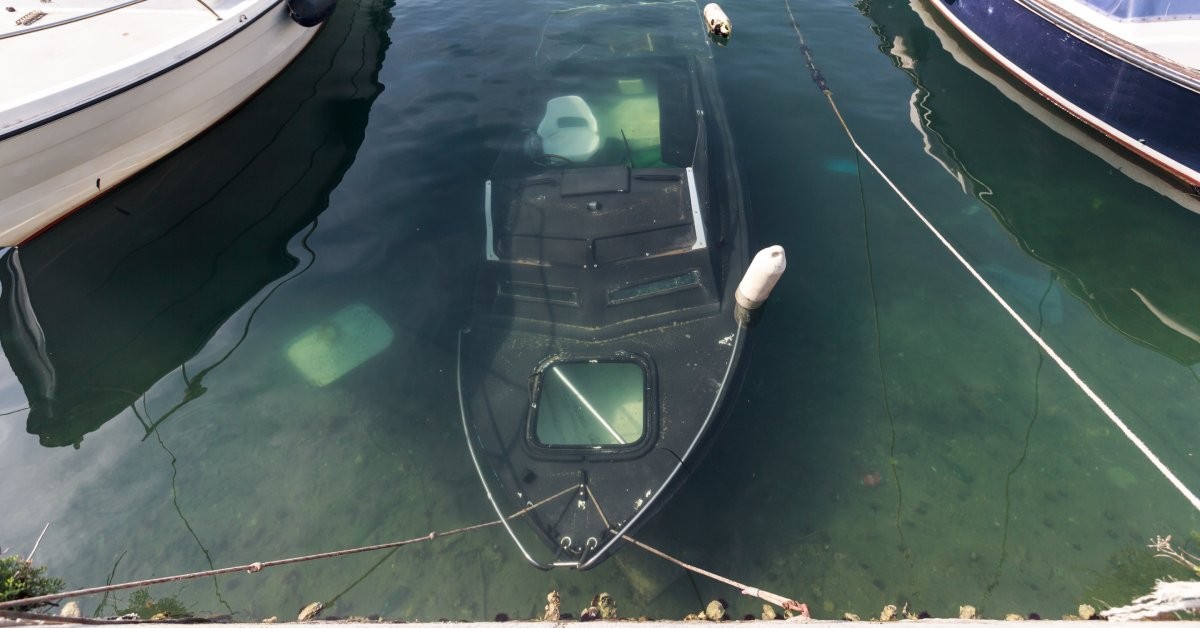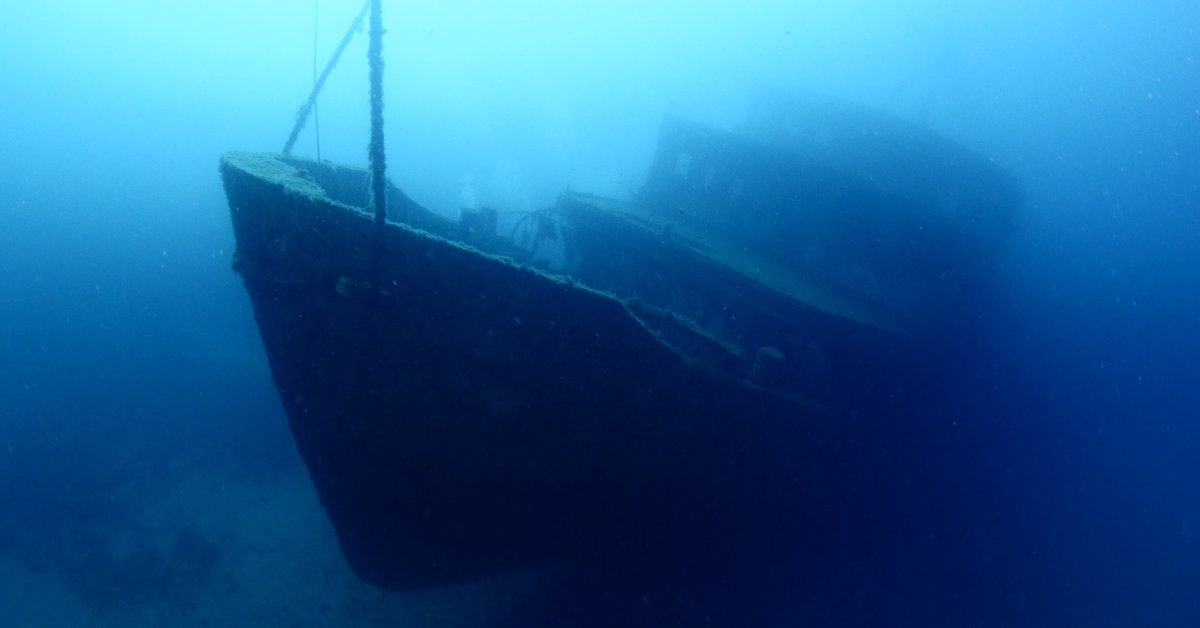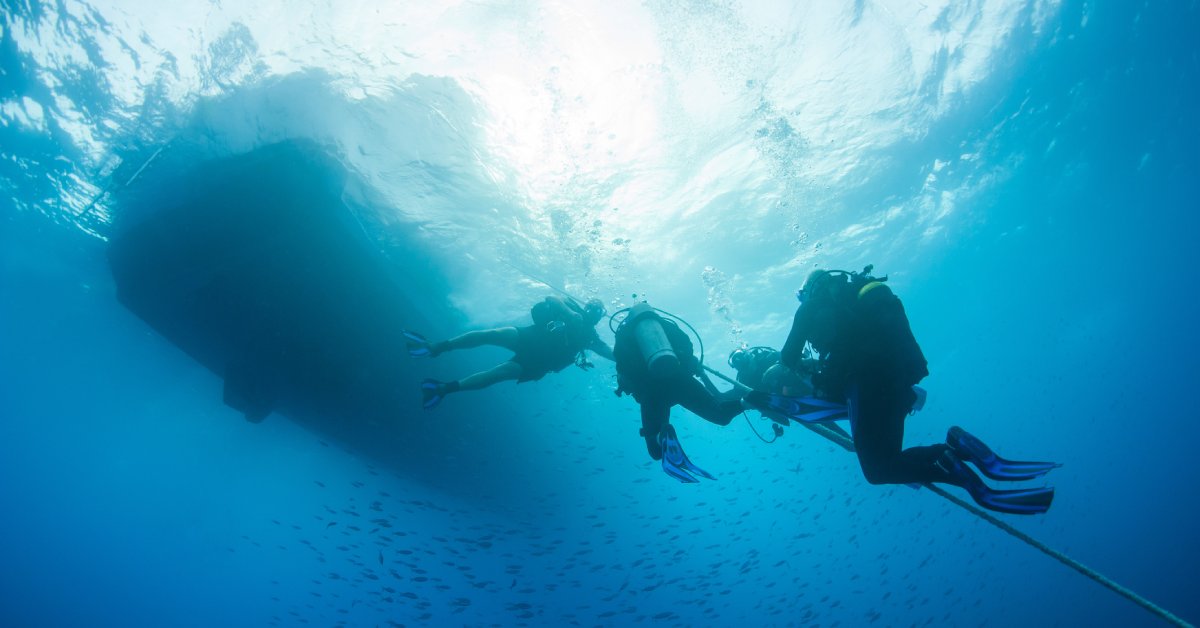How To Choose an Air Lift Bag for Your Commercial Salvage

Commercial salvage is an art in some ways, but it’s the science that makes it work—namely the physics of air lift bags. Commercial salvage divers rely on proper equipment, and air lift bags are indispensable for recovering submerged objects of all shapes, sizes, and weights. But knowing how to choose an air lift bag for your needs is crucial to ensuring efficiency, recovery, and safety.
This comprehensive guide shows how to choose an air lift bag for your commercial salvage. It provides a list of air lift bag types, their capabilities, operational safety considerations, and key materials to look for. Whether you’re new to commercial salvage or a seasoned pro, these insights will streamline your decision-making process while safeguarding your operations.
Understanding Air Lift Bag Types
Air lift bags come in different styles. Each serves a specific purpose in commercial salvage operations, so there’s no “one size fits all” style. The main categories include low-pressure parachute bags, pillow bags, and enclosed bags. So, which one is right for the project you have in mind?
Parachute Style Bags
These work well for lifting heavy loads in deeper waters. Their conical shape ensures maximum lifting efficiency, and their open bottom allows gas to escape safely, preventing over-expansion. They’re ideal for shipwreck recovery, heavy machinery, or other large objects deep underwater.
Pillow Bags
These bags are highly versatile and perfect for shallower lifts and stabilizing loads. Their flat design allows easy maneuverability into tight spaces, making them excellent for lifting smaller vehicles or delicate artifacts.
Enclosed Bags
Designed for applications where controlled buoyancy is critical, enclosed bags are fully sealed with no openings other than the inflation valve. They are commonly used for precision recovery since they provide consistent buoyancy.
But there’s more to the job than picking the right shape. Read on to learn the specifics!
Calculating the Required Lifting Capacity
Before proceeding with a salvage operation, some math is in order. First, you must calculate the weight of the object to recover. Air lift bags are rated based on their buoyancy. Exceeding the bag’s capacity will result in equipment failure or a serious accident. Precise calculation can mean the difference between a successful job and tragedy.
Here’s how to calculate lifting capacity:
- Research the object’s dry weight. Adjust for any added weight, such as sediment, cargo, or water trapped inside.
- Add a safety buffer of at least 20 percent of the assumed weight to ensure stability during the lift.
- If the object’s weight exceeds the capacity of a single unit, consider using multiple bags. Pairing bags side-by-side doubles your lifting power and distributes force evenly.
Let’s consider a hypothetical job. Say you want to raise a submerged vehicle of above average weight. This project may require high-pressure bags that support up to 12 or 15 bars (174 to 218 PSI). In this scenario, you would have to assess whether your operation requires multiple bags working in tandem for added safety. Remember to include a safety buffer!
Prioritizing Durability and Construction Materials
Salvage operations rarely happen in calm, clear, and accommodating waters. They often take place in harsh environments where durability is essential, lifting objects that may potentially cause damage to the bags themselves. The material, its durability, and the construction quality of your air-lift bag must be able to withstand wear and tear over repeated use.
Consider the following materials and features.
- High-grade neoprene and nylon: Offering excellent resistance to punctures, abrasions, and UV exposure, neoprene and nylon are also very good at maintaining flexibility.
- Reinforced seams: Double-stitched or heat-welded seams lend greater structural integrity and provide additional safety for high-pressure applications. As the air pressure builds, the seams must hold.
- Corrosion-resistant hardware: Saltwater can damage metal and other materials over time, leading to unreliable performance. Stainless steel or durable alloys are best for inflation and valve fittings to resist corrosion in saltwater.
Durability affects the safety and working lifespan of your equipment. It might be best to test a product before committing to buying it. Consider underwater lift bag rental options to discover the best quality lift bags for the job.
Assessing Operational Safety
Safety is the watchword in commercial salvage. Follow precautions with air lift bags to prevent accidents. Improper use may lead to rapid ascents, tipping, damaged loads, and other hazards, resulting in lost time, profits, and potential injuries. Remember these safety tips when employing air lift bags.
- Before each use, inspect bags for punctures, material fatigue, corrosion, loose parts, or faulty valves that compromise safety.
- Use inflation gauges to monitor progress, and never push the bag past the manufacturer’s recommended pressure levels. Overinflation may result in rupture or rapid and dangerously uncontrolled lifts.
- Place bags strategically. Set them up beneath the load’s heaviest sections for even weight distribution. Misplacement will cause the object to tip or become unsteady during the lift.
- Secure the load using straps or netting to prevent objects from slipping off the lifting bag during operation.
- Ensure everyone involved in the project is trained in the proper use and maintenance of air lift bags. Safety training prevents damage to equipment, but, more importantly, it helps prevent injury.
Renting vs. Buying
Like any job, salvage projects have a budget, and staying within budget without compromising on safety or effectiveness is key. If you’re still deciding between renting or buying air lift bags, keep these pros and cons in mind.
Renting
Renting is ideal for salvage teams just starting out or those that handle smaller, short-term projects. It gives you access to premium-quality air lift bags without having to shell out the big bucks to own them.
Buying
Doing well with your salvaging business? Purchasing your own bags may be more economical in the long run. Ownership allows you to build greater expertise in operating and maintaining the models you use most often in your business.
That’s our quick guide on how to choose an air lift bag for your commercial salvage. If you have questions, contact us to set up a consultation. We look forward to hearing from you!







